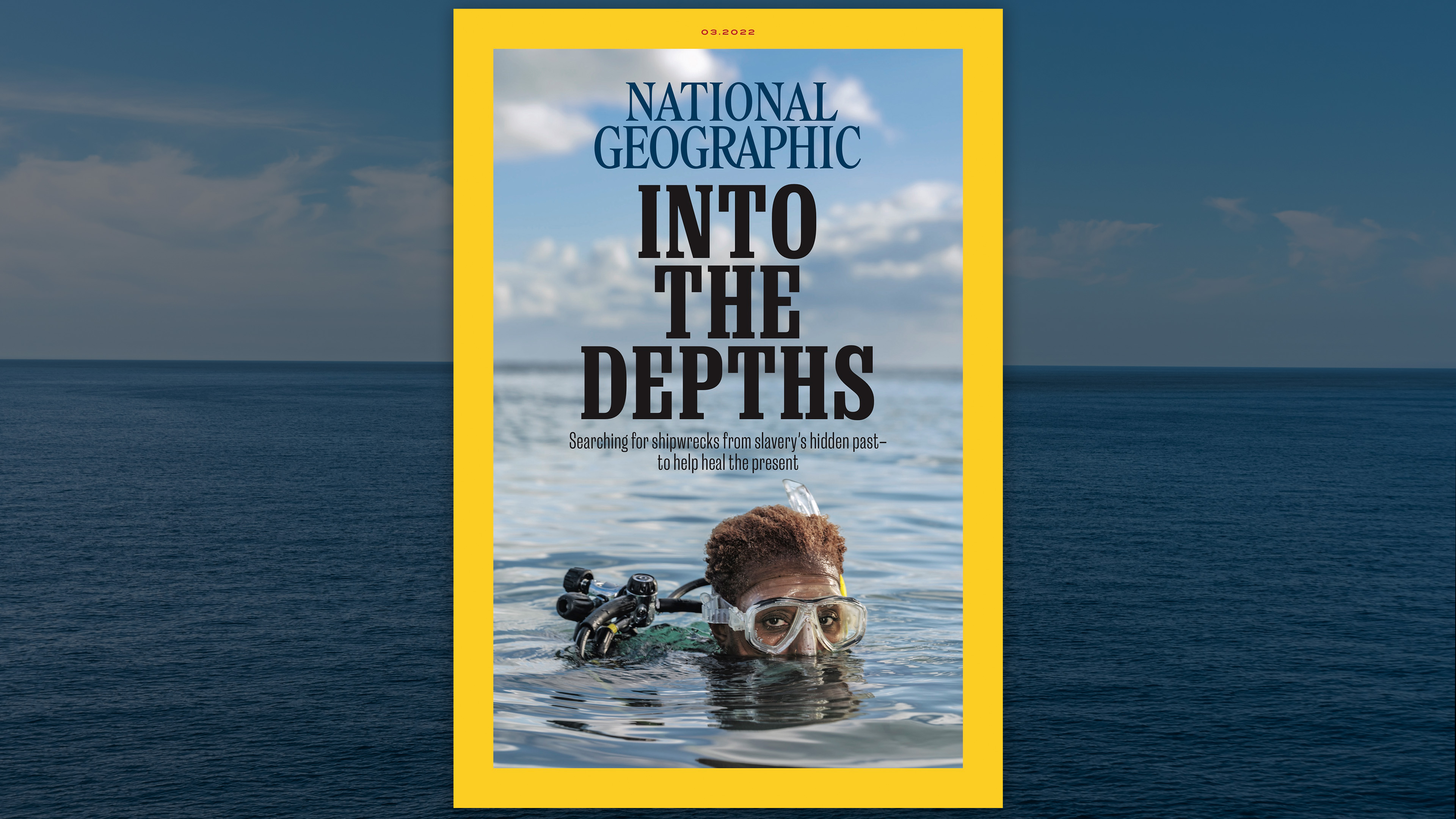Columbian Exchange
Teach the Columbian Exchange with lessons that trace how food, animals, diseases, and ideas spread across oceans and transformed Indigenous, African, and European societies. These activities, videos, articles, and primary source collections will help students connect this historical turning point to today’s global systems.

 Teaching the Columbian Exchange
Teaching the Columbian Exchange

OER Project Map Index
Find maps for teaching about the Columbian Exchange, Age of Exploration, and Global Trade Routes.

Origins Lesson 6.8 Teaching Guide: The Columbian Exchange
Teacher instructions and guiding questions to help your students build their content knowledge and historical thinking skills.

Blog Post: Teaching the Columbian Exchange
In 1492 Columbus sailed the ocean blue. Tomorrow I’m teaching the Columbian Exchange – I’m out of ideas, what should I do?

Blog Post: Columbian Exchange History + Climate Change
The Columbian Exchange transformed environments. Learn how you can connect today's climate change with this historical process.
Teach Tomorrow: Columbian Exchange Materials

Lesson 6.2.3
The Columbian Exchange
We have the Columbian Exchange to thank for potatoes in Ireland and tomatoes in Italy. While global connection increased the complexity of the world, that connection came at a steep price.
View Lesson

Lesson 6.8.4
Sourcing: Spanish Conquest of the Aztec Empire
These sixteenth-century documents describe the Spanish conquest of the Aztec Empire. Why did they do it? How did Indigenous people respond?
View Lesson
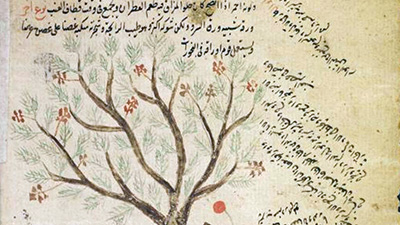
Lesson 6.8.3
Crops that Grew the World
After 1492, the movement of plants had monumental effects on populations, the environment, and systems of production and distribution.
View Lesson
Lesson Plans on the Columbian Exchange
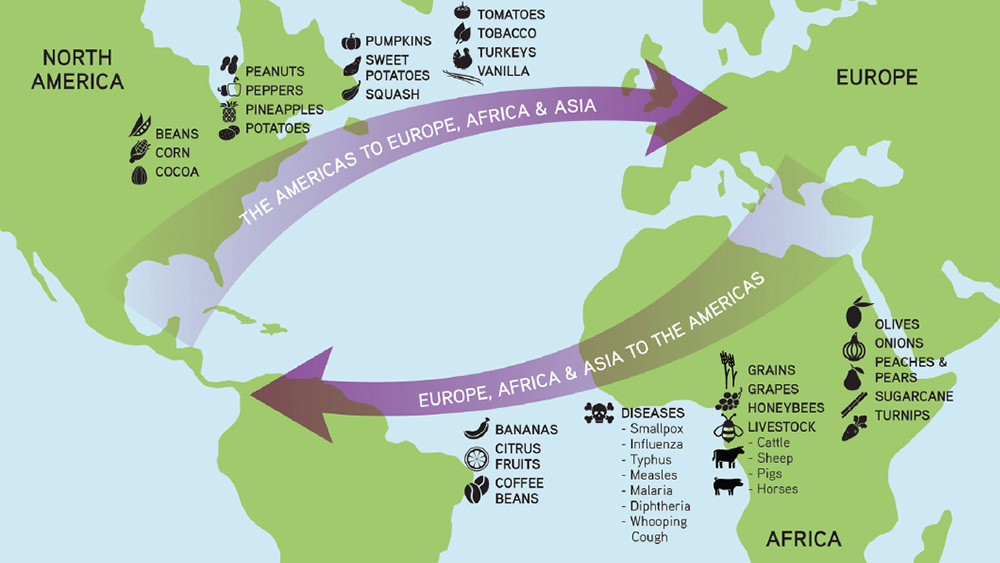
Lesson 3.5
The Columbian Exchange
After 1492, oceanic empires and transoceanic trade moved plants, animals, people, and disease to new places. This exchange transformed populations, food, culture, and social structures in every society on Earth.
View Lesson
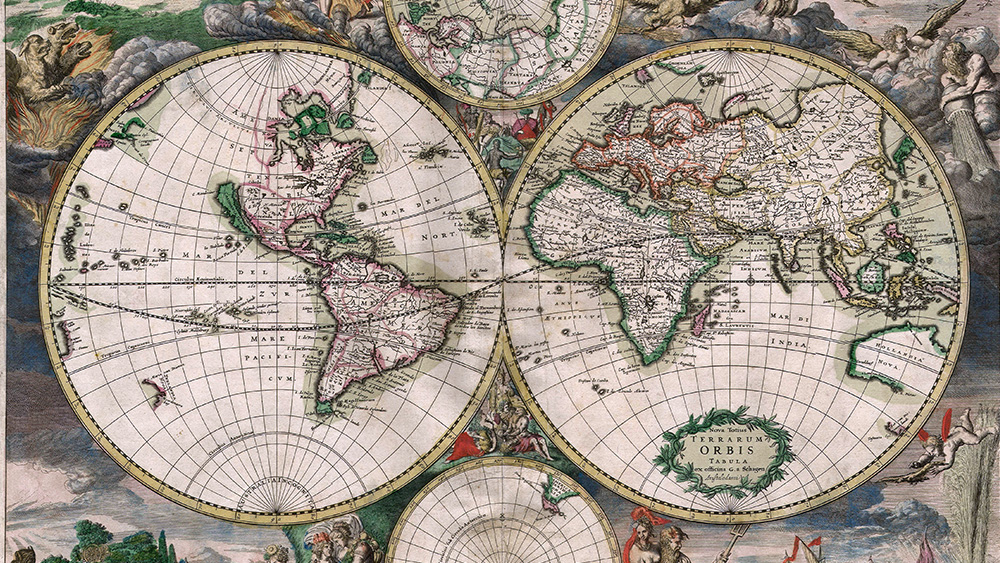
Lesson 6.2
Four World Zones Connect
The connection of the world zones helped establish empires unlike any the world had ever known, powered by incredible technological breakthroughs. But this interconnection came at a staggering cost.
View Lesson
Columbian Exchange Materials for Deeper Learning
Amonute
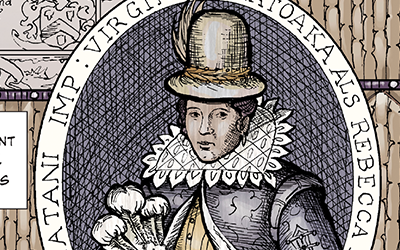

Graphic Biographies
Amonute
Amonute was a Powhatan woman who intervened between her people and early English colonists in Virginia.
The First Global Age (1200 to 1750 CE): Unit 6 Overview

Video
The First Global Age (1200 to 1750 CE): Unit 6 Overview
As global interconnections increased during the Columbian Exchange, people blended traditional teachings with new ideas to transform the world.
Consequences of the Columbian Exchange

Activity
Consequences of the Columbian Exchange
Test your understanding of the causes and effects of the Columbian Exchange to think about the impacts of this global connection we still feel today.
Writing Assessments for Teaching the Columbian Exchange
Pre-Writing: The Columbian Exchange

Assessment
Pre-Writing: The Columbian Exchange
Get ready for writing by crafting a claim and gathering supporting evidence.
DBQ Sources: The Columbian Exchange
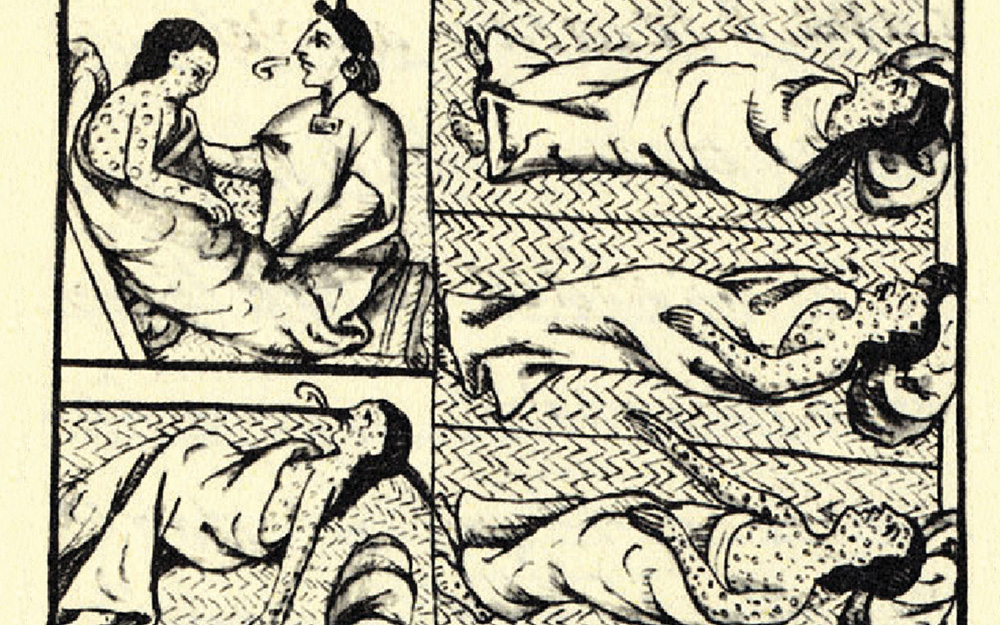
Assessment
DBQ Sources: The Columbian Exchange
Analyze these sources and gather evidence to support your argument.
Writing: The Columbian Exchange
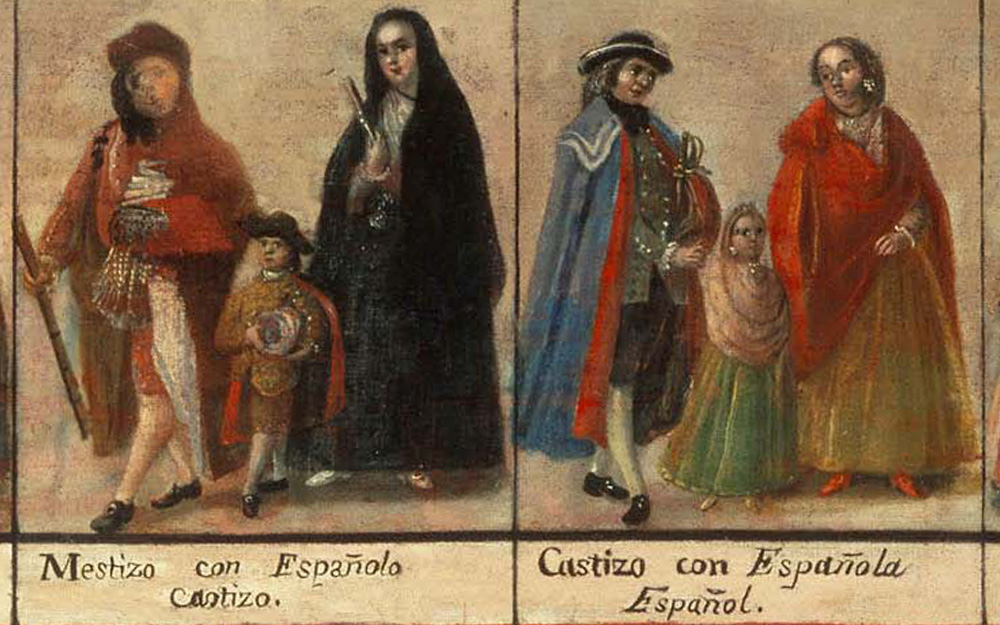
Assessment
Writing: The Columbian Exchange
Time to write! Demonstrate your understanding of this unit’s content by creating a written argument in response to a prompt.

